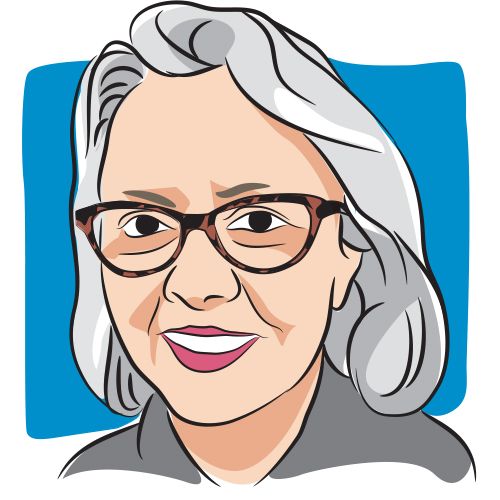Article
Starting the Conversation: Female Cancer Survivors Face Untreated Sexual Pain
Author(s):
Many female survivors of cancer face sexual pain after treatment, and may not feel comfortable starting a conversation with their health care providers.
Are more patients with cancer are surviving and living longer lives, new challenges are emerging for both the survivors and their health care providers, driving long-term effects of cancer treatment to the forefront. For many female survivors, one of these effects is a disturbance in their sex life.
Many obstetrician-gynecologists (ob-gyns) are left unprepared when it comes to dealing with these issues, and many oncologists feel uncomfortable discussing them. Thus, sexual issues may often be overlooked and untreated.
To help remedy this gap in the survivorship care equation, Vanessa Kennedy, a gynecologic oncologist from UC Davis Health System, and Deborah Coady of New York University Langone Medical Center, conducted a systematic review of 171 recently published studies on self-reported measures of sexual function in female patients with cancer.
Their review, published in the journal Obstetrics & Gynecology, found that in approximately two-thirds of the studies, prevalence of sexual pain ranged from 29 percent to 64 percent.
Ramifications of sexual pain span many domains of life, from other sexual dysfunctions, intimacy issues, and psychosocial effects—even causing distress for the intimate partners. The authors note that sexual health is a major component of how women with chronic illness rate their quality of life.
Patients, as well as clinicians, find it hard to bring the subject up and the authors learned that many patients and survivors prefer that their providers start the conversation. However, a lack of training or experience can result in clinicians being uncomfortable with this topic or misinformed.
Despite this hesitation, a number of oncology and sexual medicine organizations, including the National Comprehensive Cancer Network (NCCN) guidelines, instruct clinicians to ask their patients about sexual function and refer the patients to gynecologists if necessary.
Another barrier to assessment and, ultimately, treatment is that sexual issues are too often written off as something entirely psychological, Kennedy explained in a statement. She referenced the historical inclusion of sexual pain in the American Psychiatric Associations manual as a possible explanation of this.
Sexual side effects can often be seen as something without a physical cause, but, she emphasized, “Diagnosing a purely psychological basis for sexual pain is only appropriate after biologic causes have been completely evaluated and ruled out.”
To bring those physical causes to the forefront, the study provides a review of properly assessing pain in patients, the different physical aspects of pain, and treatment options for all of the most common causes of sexual pain in women after cancer treatment, such as those related to surgery, chemotherapy, radiation and hormonal therapy.
For example, the most common cause of sexual pain in women who have been affected by cancer is low estrogen levels, Kennedy noted. This is a physical cause of the pain, usually as a result of hormonal therapy, ovary removal, or radiation to the pelvic region. Treatment can range from vaginal lubricants to pelvic floor physical therapy.
The review also stresses the importance of collaboration between cancer specialists and gynecologists. Through these exchanges, gynecologists can learn more about the effects of cancer therapy, and oncologists can be better equipped to make recommendations for their patients who are having sexual issues.
“Obstetrician-gynecologists,” the authors write, “are the most qualified specialists to evaluate and treat sexual pain … Ob-gyns can close the gaps in care, and advance the quality of life, for millions of women living with or after cancer.”
At UC Davis Comprehensive Cancer Center, Kennedy has established a clinic devoted to the sexual health of women with cancer or who have had cancer.
“Time and time again, I see women who have had negative impacts for years following cancer therapy,” she said. “It’s an incredible relief for them to be able to just sit down and have the conversation.”




